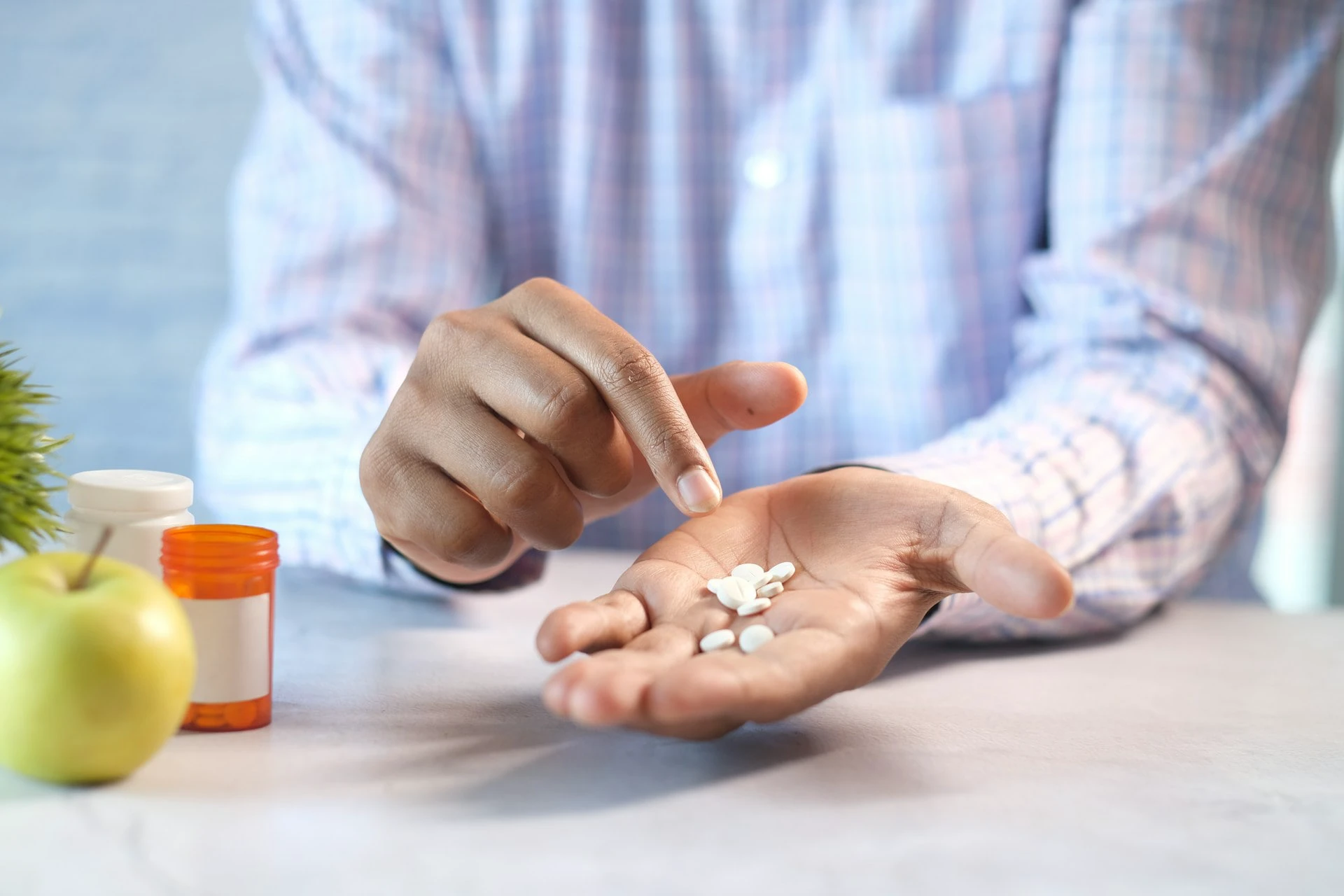Antibiotics transformed modern medicine. From treating pneumonia to preventing infections during surgeries, these drugs remain the backbone of healthcare.
But growing global , driven by misuse, overuse, and inadequate infection control, is steadily pushing us toward a future where even simple infections could once again become deadly. The World Health Organization (WHO) calls this one of the top 10 global public health threats, warning that the world is edging closer to a “post-antibiotic era” where routine medical procedures could become high-risk.
In India, rising resistance patterns reported by organisations such as the Indian Council of Medical Research (ICMR) and the National Centre for Disease Control (NCDC) show that are becoming increasingly resistant to commonly used drugs. While superbugs already pose a challenge in hospitals, experts caution that if antibiotics fail entirely, the consequences would reach far beyond infectious diseases.
To understand what such a future could look like, and how close India might be, we spoke to Dr. Sunil Havannavar, Senior Consultant – Internal Medicine, Manipal Hospital Sarjapur, who outlines the nightmare scenario in stark terms and explains why urgent action is still possible.
When Simple Infections Become Dangerous Again
Many people take antibiotics without hesitation for fever, sore throats, coughs, or stomach ailments. But most of these everyday illnesses are viral, not bacterial, meaning antibiotics have no role at all. The result is rising in bacteria that were once easy to treat.
Dr. Havannavar warns: “Most of us think of antibiotics as the go-to solution when we fall sick. The problem is that bacteria are slowly getting stronger and learning how to survive these medicines.”
If antibiotic resistance continues at the current pace, even minor infections could become life-threatening.
- A routine urinary tract infection
- A small cut on the leg
- A chest infection that normally clears in days
All could become severe and unresponsive to medication.
ICMR’s annual AMR surveillance reports already show growing resistance in E. coli, Klebsiella, Staphylococcus aureus, and Pseudomonas, bacteria behind many common infections in India.
Dr. Havannavar notes: “A common urine infection, a minor cut on the leg, or that chest infection could suddenly become obstinate and hazardous. And at times, even our potent antibiotics would not work.”
Modern Medicine Would Be Put At Risk
are not used only to treat infections, they prevent them. Many of the most advanced medical treatments rely on antibiotics to keep patients safe.
As Dr. Havannavar explains: “Knee replacement surgeries, heart operations, and even organ transplants require antibiotics in order to prevent infections. Without them, such procedures will not be risk-free.”
Cancer patients, especially those undergoing chemotherapy, are at extremely high risk of infections due to weakened immunity. “Antibiotics are also important for cancer patients undergoing chemotherapy due to low immunity levels. If antibiotics fail, cancer treatment becomes much harder,” he adds.
The WHO warns that without effective antibiotics, the mortality rate from post-surgical infections could skyrocket, and life-saving procedures may become too dangerous to perform.
How Antibiotic Resistance Quietly Spreads
Antibiotic resistance doesn’t emerge overnight. It grows slowly and often silently.
Dr. Havannavar explains the behavioural drivers clearly: “Every time someone takes antibiotics without needing them, like for a viral cold, or stops the course halfway, bacteria get a chance to become smarter.”
Other contributors include:
- Poor infection control in hospitals
- Over-the-counter antibiotic sales
- Antibiotic use in livestock and poultry
- Lack of hand hygiene and sanitation
- Inadequate diagnostics leading to unnecessary prescriptions
WHO and CDC warn that can live harmlessly in the gut for months, a state called colonisation, only to cause severe infections later.
Is There Still Time To Prevent This Future?
Despite the grim predictions, experts say the crisis is still reversible if decisive action begins now. Dr. Havannavar outlines the steps clearly: “Doctors can avoid giving antibiotics when they aren’t necessary. People can stop taking leftover tablets, and complete the full course when it’s actually needed.”
He also emphasises systemic change: “Hospitals can tighten infection control. Farmers can reduce antibiotic use in animals. Scientists are working on new medicines and vaccines too.”
Global health agencies agree. Strong antimicrobial stewardship, better hygiene, improved diagnostics, and regulated antibiotic use in agriculture are key strategies.
Dr. Havannavar concludes with a powerful analogy: “Think of antibiotics like a fire extinguisher. If we use it only when needed, it will always be ready in an emergency. But if we use it carelessly, one day it simply won’t work.”
If stop working, the world will not just lose a class of medicines, it will lose the safety net that makes modern healthcare possible. Simple could become deadly, surgeries could become unsafe, and treatments like chemotherapy or organ transplants could become far riskier. The nightmare scenario is not inevitable, but preventing it requires responsible antibiotic use, stronger health systems, and public awareness. As experts warn, the power of antibiotics can still be preserved, but only if we act now.
